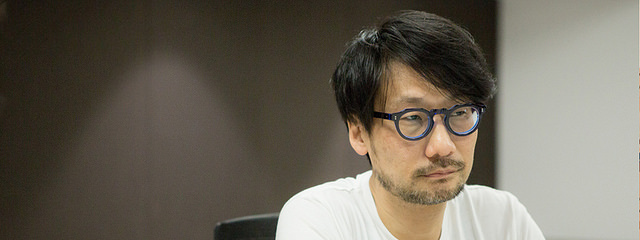
After the huge success of Metal Gear Solid and Metal Gear Solid 2: Sons of Liberty, all thoughts turned to the sequel to these two games. With such a difficult job following up 2 games rightly considered classics, Metal Gear Solid 3: Snake Eater arguably not only followed up the previous games, but surpassed them.
Metal Gear Solid 3: Snake Eater was released in late 2004, and, like earlier games in the series, was once again released by Konami and directed by legendary game developer Hideo Kojima. However, the sequel saw a radical reinvention of the Metal Gear Solid formula. The first two games largely focused on indoor settings, from Shadow Moses Island in Metal Gear Solid to Big Shell in Metal Gear Solid 2: Sons of Liberty, these settings featured large indoor areas for the player to explore, with only limited amounts of gameplay taking place outside. Metal Gear Solid 3: Snake Eater, meanwhile, moved the action to a rainforest in the Soviet Union, leaving much more large outdoor spaces for players to discover. In order to take advantage of the change in scenery, much more focus was put onto things like camouflage, as well as the need to eat the local wildlife you can find and kill throughout the game.
Furthermore, being a prequel, Metal Gear Solid 3: Snake Eater brought in some origin for the characters who would appear later in the series. Big Boss, one of the antagonists of the original Metal Gear games for the MSX2, was the main protagonist, under the name Naked Snake. Big Boss/Naked Snake was an important character in the Metal Gear universe even before the release of Metal Gear Solid 3: Snake Eater, being the biological father of the protagonist of the previous Metal Gear Solid games, Solid Snake, as well as the father of two of the antagonists, namely Liquid Snake and Solidus Snake.
Perhaps most importantly for Metal Gear Solid 3: Snake Eater though was the clear influence of pop culture, and especially movies, on Kojima’s work. From the very first Metal Gear game this has been clear – Solid Snake is obviously influenced by Snake Plissken from Escape from New York. This is further shown in Metal Gear Solid 3: Snake Eater through the delightful references to films in the codec calls with other members of your team.
From the moment you start Metal Gear Solid 3: Snake Eater and see the Bond-esque intro sequence you know what you’re in for, and the game delivers perhaps the best example of a Bond-style movie in video game form with its over the top characters, crazy plot and fantastic humour. Indeed, it is probably the game’s ending that makes it most special, a lengthy cutscene with love, betrayal and twists all along the way. Metal Gear Solid 3: Snake Eater is one of the greatest games of all time, and somehow manages to beat its already phenomenal predecessors.
By Nathan Williamson


Leave a comment